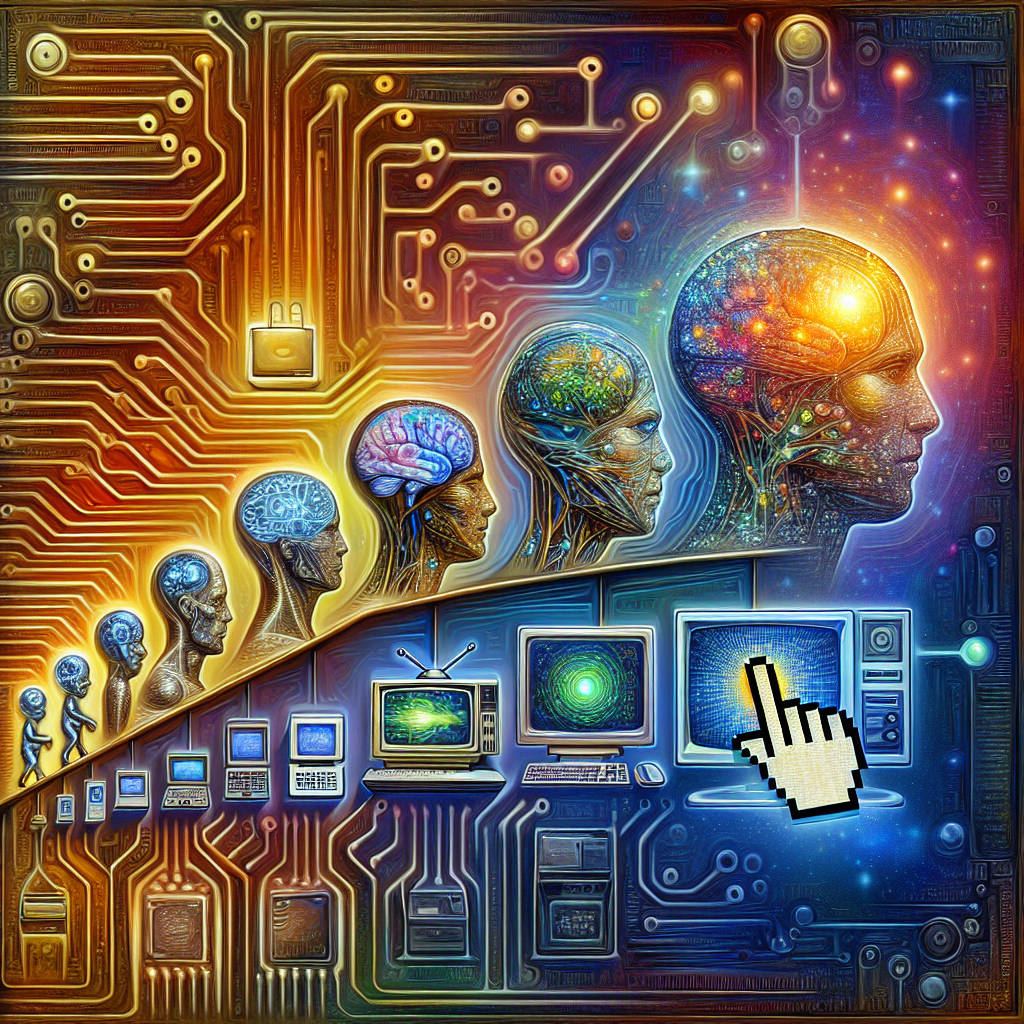Artificial Intelligence (AI) has come a long way in recent years, evolving from a simple tool for automating tasks to a sophisticated technology that can interact with humans in a personalized and intuitive way. This evolution has led to the development of AI software that can adapt to individual users’ preferences, behaviors, and needs, creating a more seamless and efficient human-computer interaction experience.
The Evolution of AI Software in Personalized Human-Computer Interaction
The evolution of AI software in personalized human-computer interaction can be traced back to the early days of AI research, when scientists began to develop programs that could mimic human intelligence. These early AI systems were limited in their capabilities and were primarily used for tasks such as playing chess or solving mathematical problems.
As AI technology advanced, researchers began to explore ways to make AI systems more interactive and responsive to human input. This led to the development of AI software that could analyze and interpret natural language, allowing users to communicate with computers in a more natural and intuitive way.
One of the key milestones in the evolution of AI software in personalized human-computer interaction was the development of chatbots and virtual assistants. These programs are designed to understand and respond to human language in a way that simulates a conversation with a real person. Chatbots and virtual assistants use AI algorithms to analyze and interpret the meaning of user input, allowing them to provide relevant and helpful responses.
In recent years, AI software has become even more advanced, with the introduction of machine learning and deep learning algorithms that can analyze large amounts of data to make predictions and decisions. These algorithms are used in a wide range of applications, from personalized recommendation systems to autonomous vehicles.
Personalized human-computer interaction is also being enhanced by the integration of AI software with other technologies, such as natural language processing, computer vision, and sensor data. These technologies allow AI systems to understand and respond to a wider range of human input, making interactions more personalized and intuitive.
One of the key benefits of personalized human-computer interaction is that it allows AI systems to adapt to individual users’ preferences and behaviors. This can result in a more efficient and enjoyable user experience, as the AI system can anticipate users’ needs and provide relevant information and assistance.
FAQs
Q: What is personalized human-computer interaction?
A: Personalized human-computer interaction is a type of interaction between humans and computers that is tailored to the individual user’s preferences, behaviors, and needs. This can include personalized recommendations, adaptive interfaces, and conversational agents that can understand and respond to natural language.
Q: How does AI software enable personalized human-computer interaction?
A: AI software uses algorithms and data analysis techniques to understand and respond to human input in a personalized way. This can include analyzing user behavior, preferences, and past interactions to tailor the user experience to individual needs.
Q: What are some examples of personalized human-computer interaction?
A: Examples of personalized human-computer interaction include personalized recommendation systems (such as those used by streaming services like Netflix), virtual assistants (such as Apple’s Siri or Amazon’s Alexa), and adaptive user interfaces that adjust based on user behavior.
Q: What are the benefits of personalized human-computer interaction?
A: Personalized human-computer interaction can result in a more efficient and enjoyable user experience, as the AI system can anticipate users’ needs and provide relevant information and assistance. This can lead to increased user satisfaction, improved productivity, and a more seamless interaction with technology.
Q: What are some challenges in developing AI software for personalized human-computer interaction?
A: Some challenges in developing AI software for personalized human-computer interaction include ensuring privacy and data security, managing user expectations, and designing AI systems that can adapt to individual users’ needs and preferences. Additionally, there may be ethical considerations around the use of AI in personalized interactions, such as bias in algorithms or the potential for AI to manipulate or deceive users.
In conclusion, the evolution of AI software in personalized human-computer interaction has transformed the way we interact with technology, making interactions more intuitive, efficient, and enjoyable. As AI technology continues to advance, we can expect to see even more sophisticated and personalized AI systems that can adapt to individual users’ needs and preferences.

